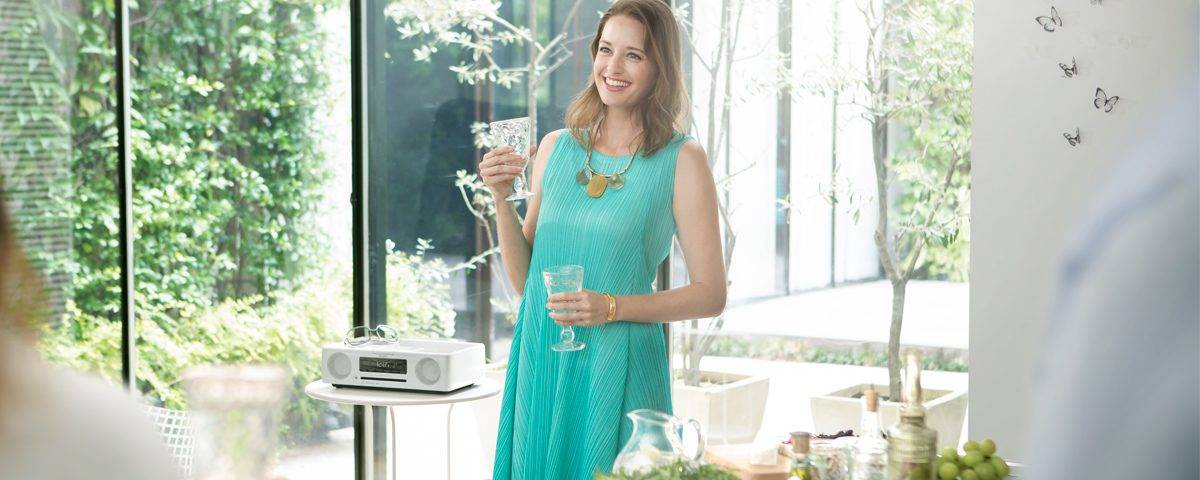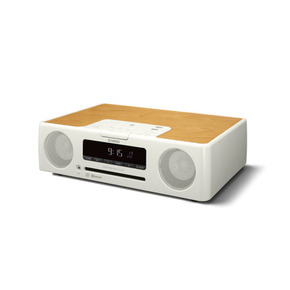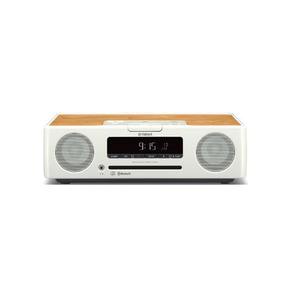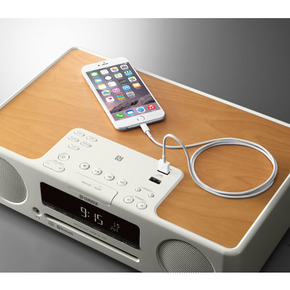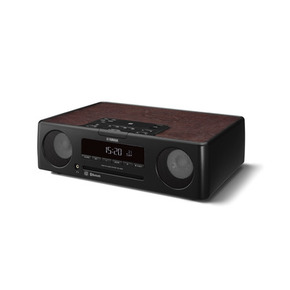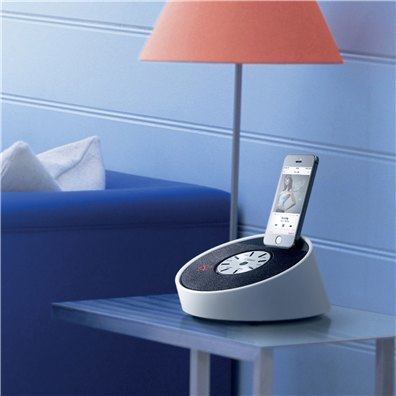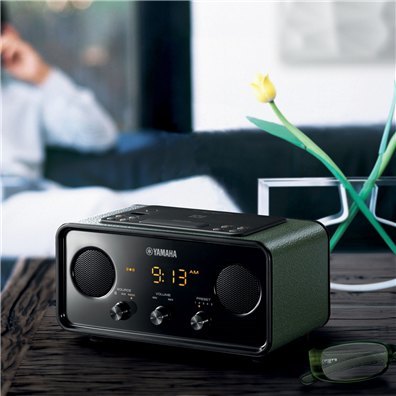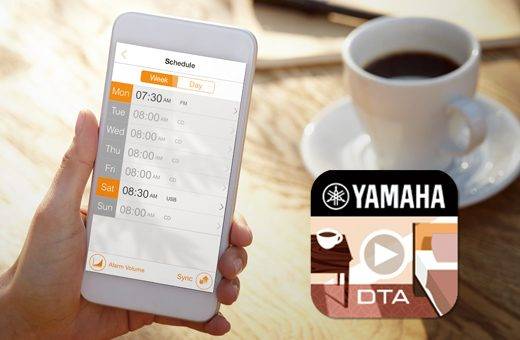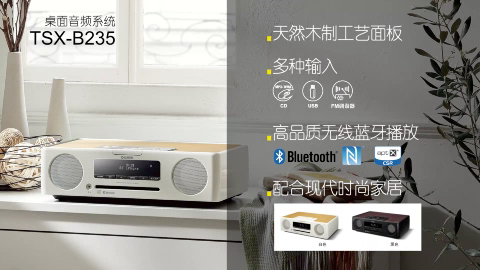TSX-B235 已停产
闲适生活风
您将情不自禁地爱上TSX-B235柔和、自然的外观。顶部表面为光滑的天然木制工艺面板,搭配您的手机、玻璃制品或其他私人装饰品是如此相得益彰。

设计实用性
TSX-B235配备两个USB端口——一个作为音乐播放,另一个是充电专用。即使在电源关闭的待机状态下,两个端口仍可为设备充电。
*USB连接状态下不能使用APP和操作主机
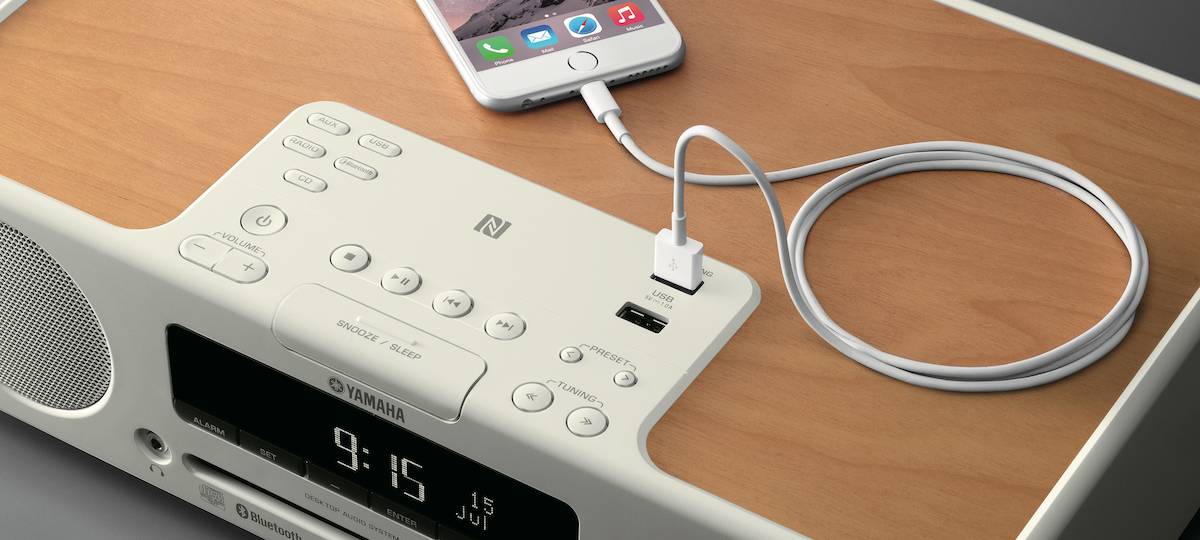
掌控好声音
蓝牙功能可无线播放储存在智能手机或平板电脑上的音乐。TSX-B235同时具备aptX®解码功能,可通过蓝牙传输非压缩全频音乐。更值得一提的是,NFC功能可进行自动即时配对,使用非常简便。

音乐零距离
操作变得如此简单。通过雅马哈免费的DTA CONTROLLER App,智能手机或平板电脑将变成遥控器,通过直观且简便的触屏,能完全操控包括电源、音量、音调及其它各种功能。
| 蓝牙 | 版本/配置文件 | Version 2.1+EDR / A2DP | |
| 音频代码 | SBC, AAC, aptX® | ||
| 大通讯距离 | 10 米 (无障碍物) | ||
| NFC | Yes | ||
| CD格式 | Audio CD, MP3, WMA | ||
| USB音频格式 | MP3, WMA | ||
| 调谐器 | FM | ||
| 预设电台 | FM x 30 | ||
| 输入端口 | 3.5毫米立体声迷你插孔 | ||
| 闹铃功能 | Alarm, Snooze, Sleep | ||
| 驱动单元 | 双 8cm全音域圆锥形 | ||
| 大输出功率 | 15W+15W (6 ohms, 1kHz, 10%THD) | ||
| 尺寸 (宽 x 高 x 深) | 370 x 110 x 234 mm | ||
| 重量 | 3.9kg | ||
| 附件 | 遥控器 | 1 | |
| FM天线 | 1 | ||
| 电池 | 2 | ||
| USB盖 | 2 | ||
Bluetooth®

Bluetooth®商标表示该产品能连接可选配的YBA-10蓝牙无线音频接收器至功放并支持A2DP音频流。通过可选配的YBA-10蓝牙无线音频接收器,您可以通过带有蓝牙功能的手机、移动设备或者个人电脑无线连接,享受音乐。
NFC
NFC是Near Field Communication缩写,即近距离无线通讯技术。
NFC是一种非接触式识别和互联技术,可以在移动设备、消费类电子产品、PC 和智能控件工具间进行近距离无线通信。NFC提供了一种简单、触控式的解决方案,可以让消费者简单直观地交换信息、访问内容与服务。
aptX
apt-X是一种基于子带ADPCM(SB-ADPCM)技术的数字音频压缩算法。
apt-X的使用主要集中在蓝牙耳机和蓝牙音箱,其终端和蓝牙耳机 音箱都必须支持apt-X才能发挥其功能。蓝牙音频传输存在一定延迟。很大的感受是影音延迟可以降到低。
CD Text Display

获取正在播放的CD相关信息,包括:CD的名称,艺术家和曲目。
USB

USB接口为您提供了iPod/iPhone便捷连接。连接同时可以充电。同时您可以连接USB海量存储设备(USB闪存),以播放其中的MP3,WMA音频文件。
IntelliAlarm

崭新的闹铃方式轻松带您踏入新的。 雅马哈新的智能闹铃(IntelliAlarm)功能,通过您自己选择的音源轻轻地把您唤醒,首先过滤掉令人感觉不适的高频率声音,然后逐渐恢复至完整的音频频谱,以确保您在哔哔声前清醒过来。
DTA CONTROLLER

DTA CONTROLLER 增强了桌面音响的操作性。
起床新方式,轻松唤醒您的每一天。
雅马哈新的智能闹铃功能用您选择的音源温柔地把您唤醒。首先过滤掉音乐中不舒服的高频,再渐渐地恢复到整个音频,之后用哔哔声彻底把您唤醒。
该功能让起床变得越来越轻松。

调查研究 (英文)
在东京医科齿科大学研究生院医学信息学系的帮助下,我们研究了智能闹铃功能和普通哔哔声的区别。
- 参与者总共进行了8次试验,分别在30分钟、60分钟、90分钟和120分钟的小睡后被智能闹铃和哔哔声唤醒,之后用三种心理学问卷来测量他们的主观感受。计算和分析用音乐和用闹钟声唤醒主观上的数据区别。研究结果显示用智能闹铃唤醒比用哔哔声唤醒更令人舒服。
您可以阅读以下研究报告:
Effect of Music upon Awakening from Nap
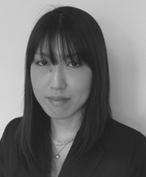
Yuki TANAKA
Yuki Tanaka was born in Oita, Japan, on November 9, 1981. She received a Bachelor of Engineering degree from Tokai University, Japan, in 2005, and a Master of Engineering from Tokai University, Japan in 2007. Since April 2007, she has been a Ph.D. student at Tokyo Medical and Dental University Graduate School, Department of Medical Informatics.
She studied piano in Japan under the pianist Toshie Nakashima since 1985, when she was 4 years old. She participated in piano contests, including the Student Music concours of Japan, Tosu City Hupfer Memorial Piano Concours, International Chopin Piano Competition in ASIA, the Oita Eisteddfod piano section, and the youth section of the Takahiro Sonoda Prize International Piano Contest. And she has received several prizes, including a prize for encouragement at the An die Musik Piano contest in 2009.
She is a part-time teacher at Nippon University (from 2008) and Kitazato University (from 2007). Her current research interests are “Music Therapy for Dementia Patients: Tuned for culture difference” and the “Effect of music upon awakening for comfortable awakening.”
She received the Nobuko Matsumae prize for encouragement of the Shigeyoshi Matsumae Memorial Fund from the Educational Foundation of Tokai University in 2005.
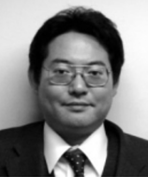
Hiroki NOGAWA
Hiroki Nogawa was born in Osaka, Japan in 1966. He graduated from Osaka University Medical School and received his Medical License in 1990. He worked as a surgical resident at Osaka University Hospital from June 1990 to June 1991 and at Kure National Hospital from July 1991 to June 1993. He received a doctorate in Internal Medicine from Osaka University in 1997. He was an Assistant Professor at Sapporo Medical School from April 1997 to June 1999 and a Lecturer at Sapporo Medical School from July 1999 to July 2000. He was a Lecturer in the Cybermedia Center at Osaka University from August 2000 to June 2004 and a Visiting Professor at Tokyo Medical and Dental University from August 2004 to July 2008. Since August 2008, he has been a Fellowship Researcher at the Japanese Medical Information Network Association.
He received the Kusumoto Award from Osaka University in 1990 and the Award of Advanced Infrastructure Technologies from the Award Committee of the Gigabit Network Symposium in 2004.
His current research interests are internet security technology, public policy on information and communication technologies (including medical informatics), sociolegal and technological issues (including copyright issues), and the physiological effects of music on the brain.
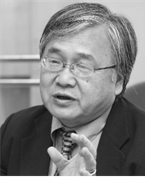
Hiroshi TANAKA
Hiroshi Tanaka was born in Tokyo, Japan in 1949. He received a Bachelor of Engineering degree from Tokyo University, Japan, in 1974 and a Master of Engineering degree from the Graduate School of Engineering, Tokyo University, Japan, in 1976. He received a Doctor in Medical Science degree from the Graduate School of Medicine, Tokyo University, Japan, in 1981 and a Ph.D. from the Graduate School of Engineering, Tokyo University, Japan, in 1983.
He was an Assistant Professor at the Institute for Medical Electronics in the School of Medicine of Tokyo University from 1982 to 1987, a Visiting Scientist at Uppsala University and Linkoping University in Sweden from 1982 to 1984, an Associate Professor at Hamamatsu University School of Medicine from 1987 to 1991, and a Visiting Scientist in the MIT Laboratory of Computer Science in 1990. He became a Full Professor of Bioinformatics at Tokyo Medical and Dental University in 1991 and has been the Dean of the Biomedical Science PhD Program of Tokyo Medical and Dental University since 2006.
He received an award for his achievements in information and communication technology from the Ministry of Internal Affairs and Communications in 2008.
His current research interests are medical informatics, systems biology, systems pathology, and clinical bioinformatics.

